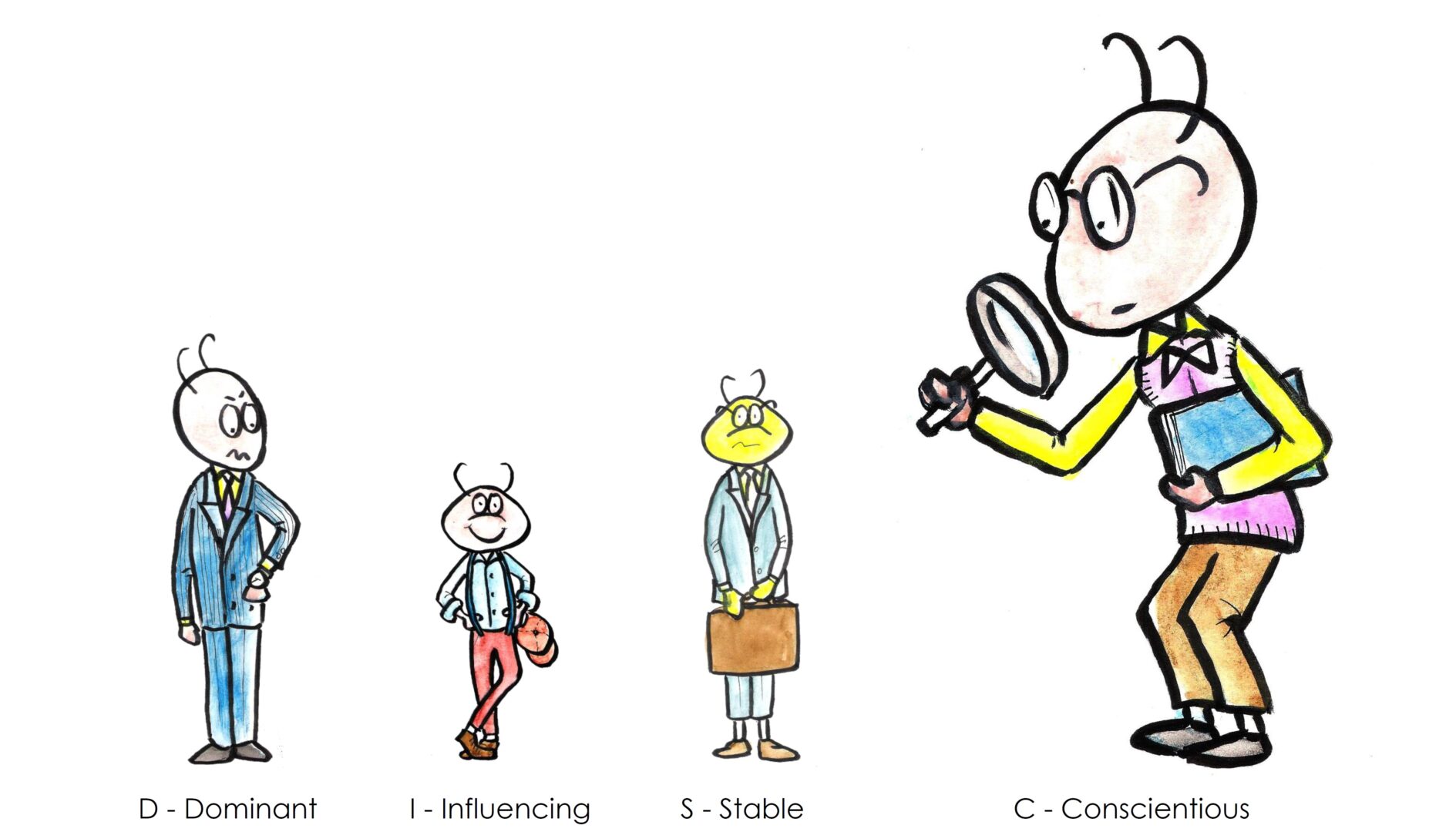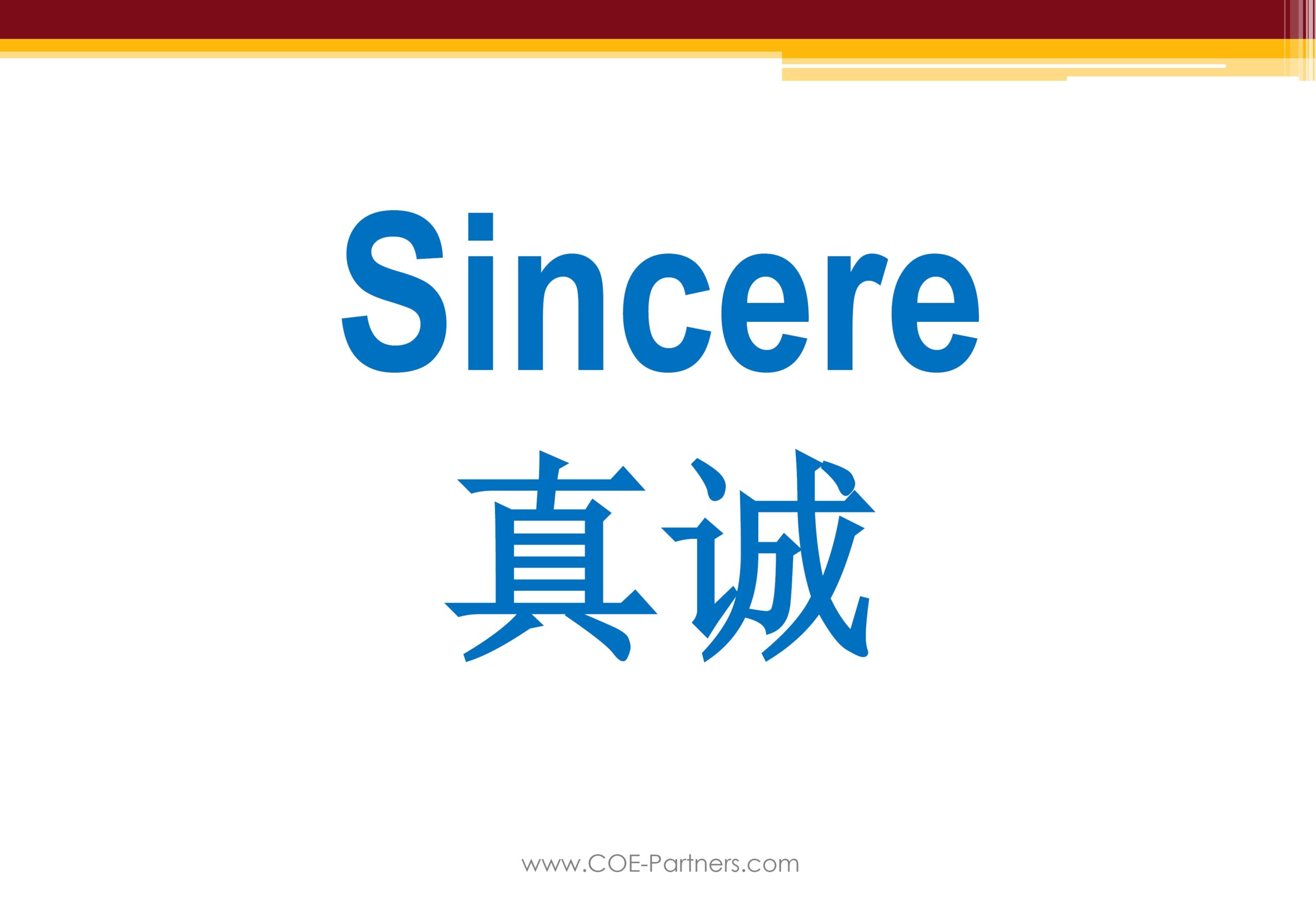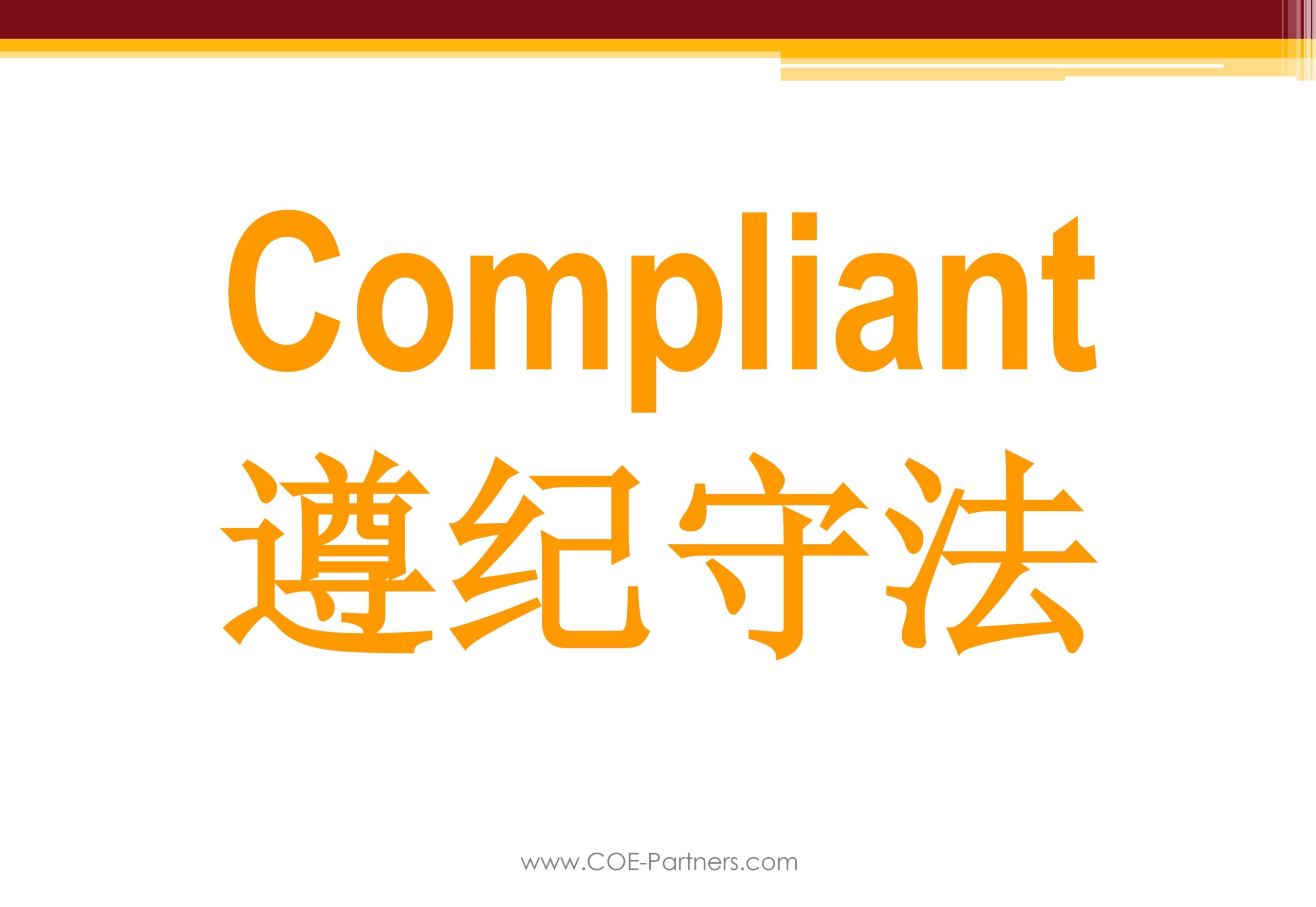Our Company Has No Heart
Based on a Real Case Relating to Company Culture
Analysing the Root Causes
Understanding Building Blocks of Company Culture
Our Company Has No Heart
To identify potential drivers for this situation, a DiSC profile was gathered from all focus group members.
Surprisingly, the DiSC profiles highlighted an imbalance amongst the interviewees: most of them turned out to be high “C” (conscientious) in their behavioural style, either as main profile or as secondary. A few “D” (dominant) and “S” (steady) people were found and – only one “i” (influential). An unbalanced company culture.

The Insights – The “Ah Ha”
Clustering these profiles by functional area brought another interesting insight: some managers – consciously or unconsciously – tend to hire staff similar to themselves – probably in order to avoid communication problems with them. This brought the company culture even more out of balance.
Conclusion
Our Discovery Workshop helps creating awareness for ones preferences and limitations and ones role in an organisational setting. Knowing the profile of other individuals and of an organisation is a great advantage when shaping organisational structure, communication style or even job scope.






